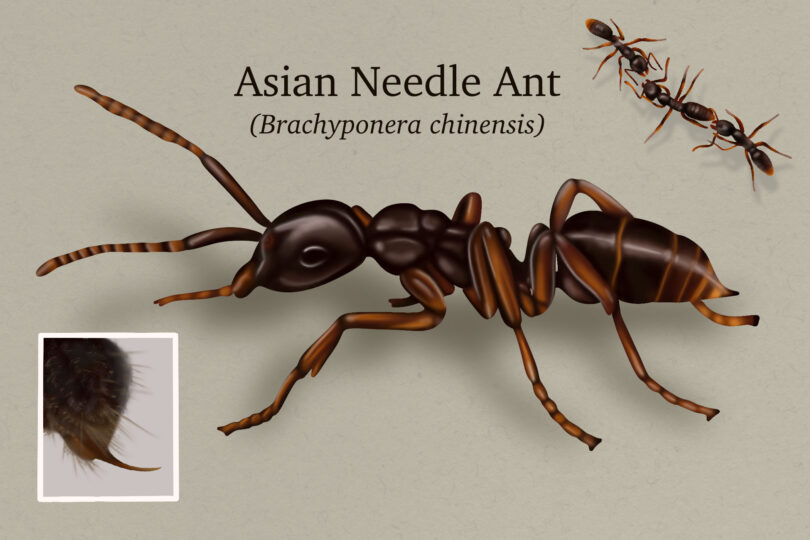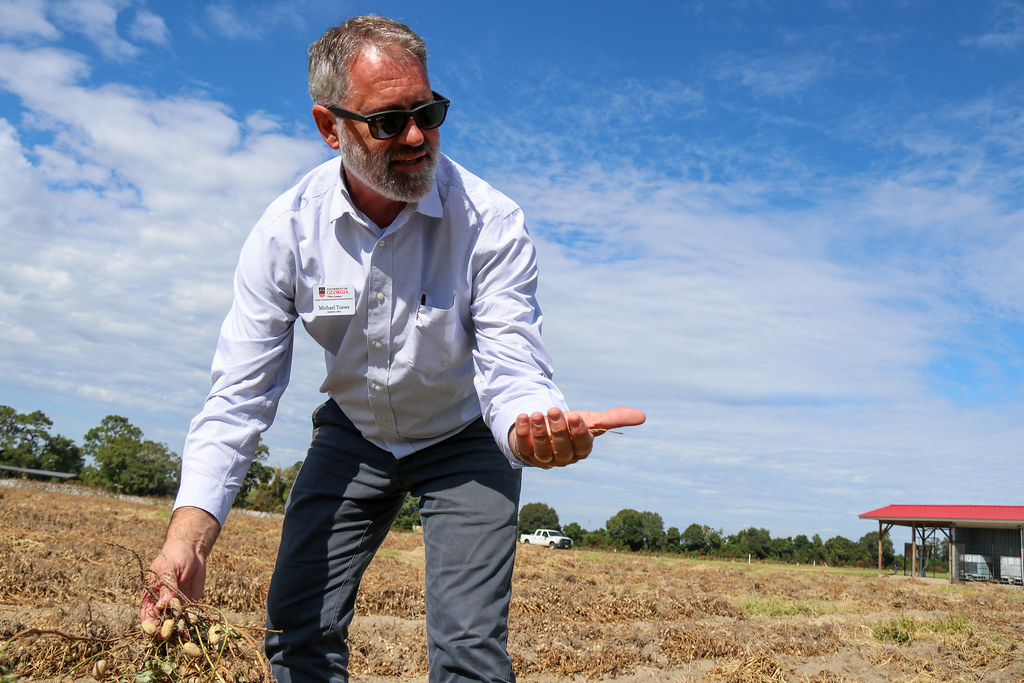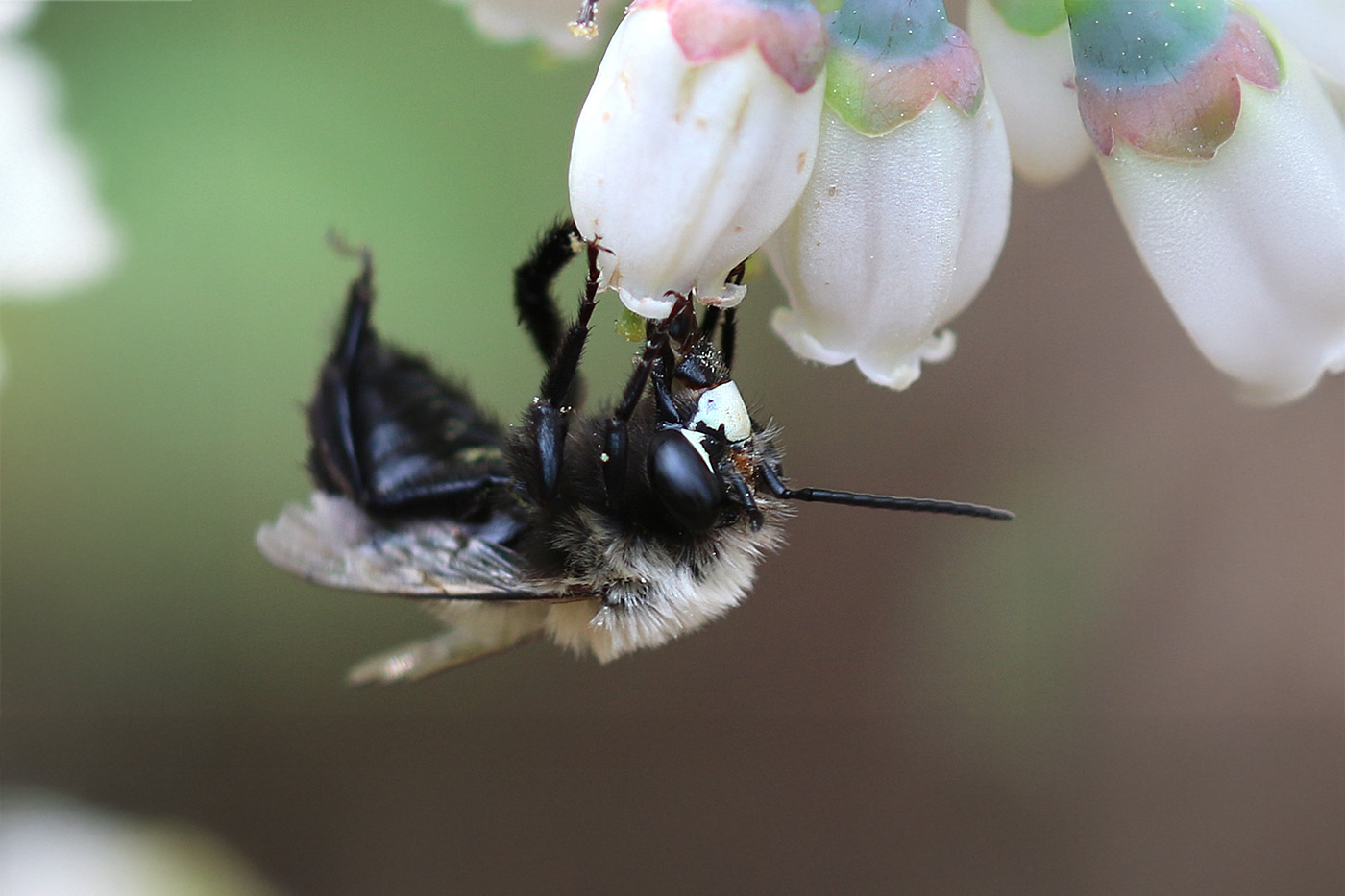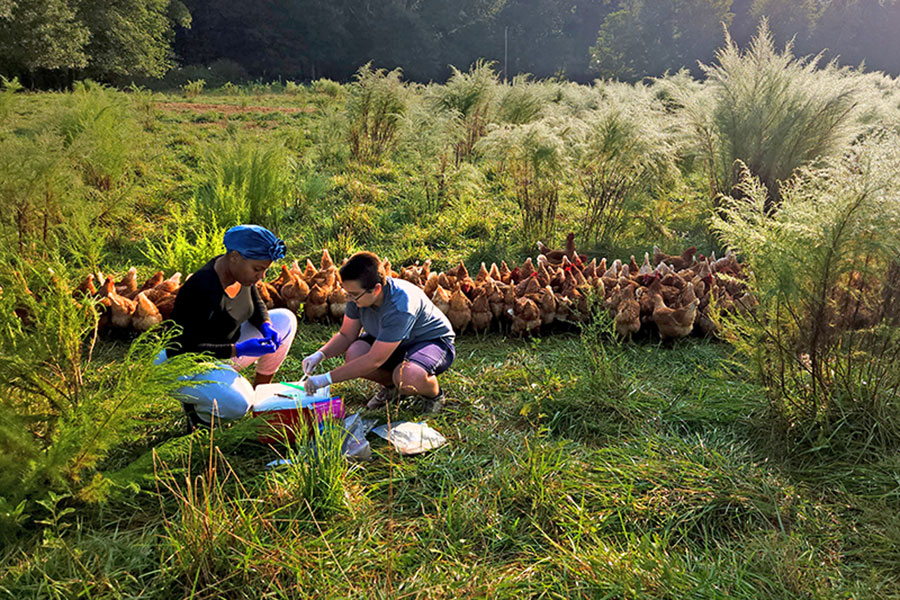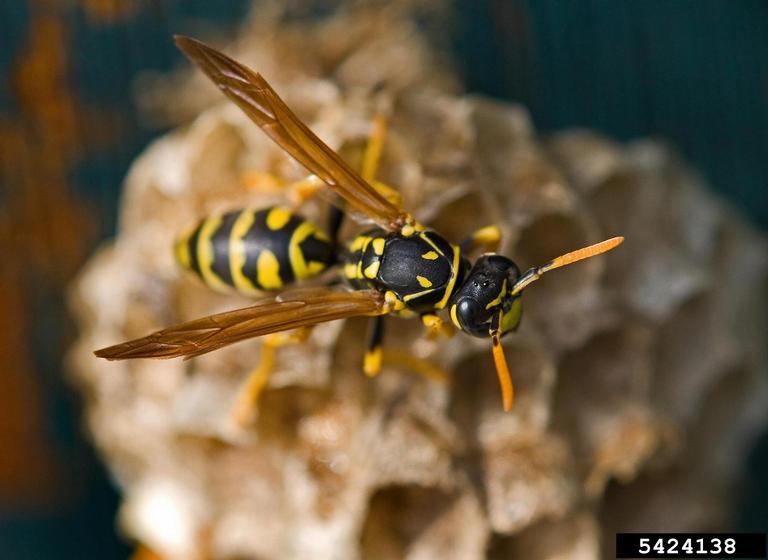 CAES News
CAES News
Entomology Department Head
Renowned ecologist and science communicator Sonia Altizer has been named head of the University of Georgia Department of Entomology, bringing a collaborative vision and decades of research and public outreach experience to the role. A longtime UGA faculty member, Altizer is focused on honoring the department’s strong legacy while advancing innovation, interdisciplinary research and community engagement through Extension.



